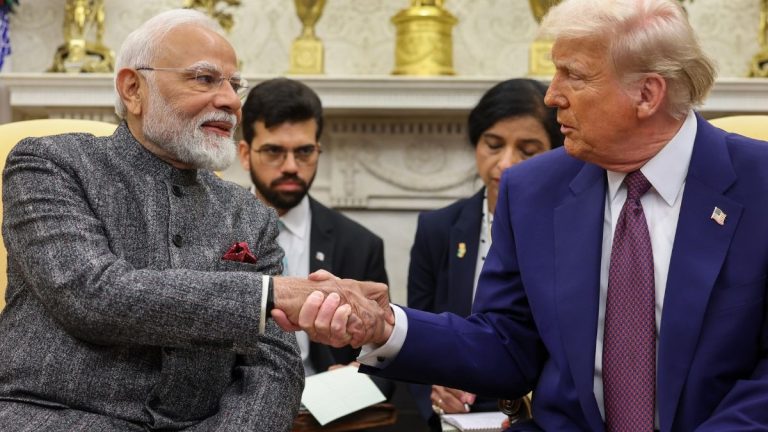India’s economic ascent may stall sooner than many expect, not due to lack of ambition, but a shortage of innovation.
Chakravarthy V, a wealth advisor, sparked conversation on LinkedIn with a post: “India may remain a middle-income country in our lifetime.”
Calling it not pessimism but “pattern recognition,” he likened India’s trajectory to that of several South American nations that surged early but plateaued without deep innovation.
“Scaling a services-based economy without innovation has its limits,” Chakravarthy wrote.
India’s top companies, he said, have succeeded by adapting global technologies — from telecom to Web 3.0 — rather than leading in invention. “We became the distributors, not the disruptors.”
That gap is showing. As global labor shifts to lower-cost markets like Vietnam, India’s famed IT edge is blunting. The result: underemployment among graduates and a tech sector increasingly reliant on maintenance over creation. “That’s not failure,” Chakravarthy noted, “it’s friction.”
The data backs him. India’s R&D investment remains low — just 0.6–0.7% of GDP, with only 36% coming from the private sector. In contrast, China spends over 2.4%, with private firms leading the charge. Countries like Turkey, Thailand, Egypt, and Brazil all outpace India in R&D-to-GDP ratios.
The U.S. and Israel, global innovation leaders, spend 3.5% and 5.4% respectively, with dominant private sector involvement.
Yet, Chakravarthy sees hope. India leads the world in remittances, receiving $125 billion — more than it draws in foreign direct investment. He highlighted India’s top students and workers grinding through 16-hour days, and the internet leveling access. “Ambition doesn’t need a passport anymore,” he said.
Still, the path forward hinges on building, not brokering. “The story isn’t over,” he wrote. “But for the next chapter to be better, we need more builders.”






